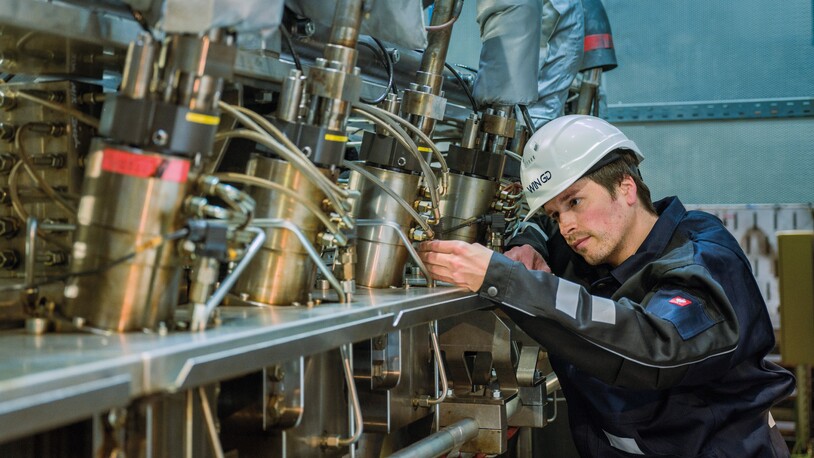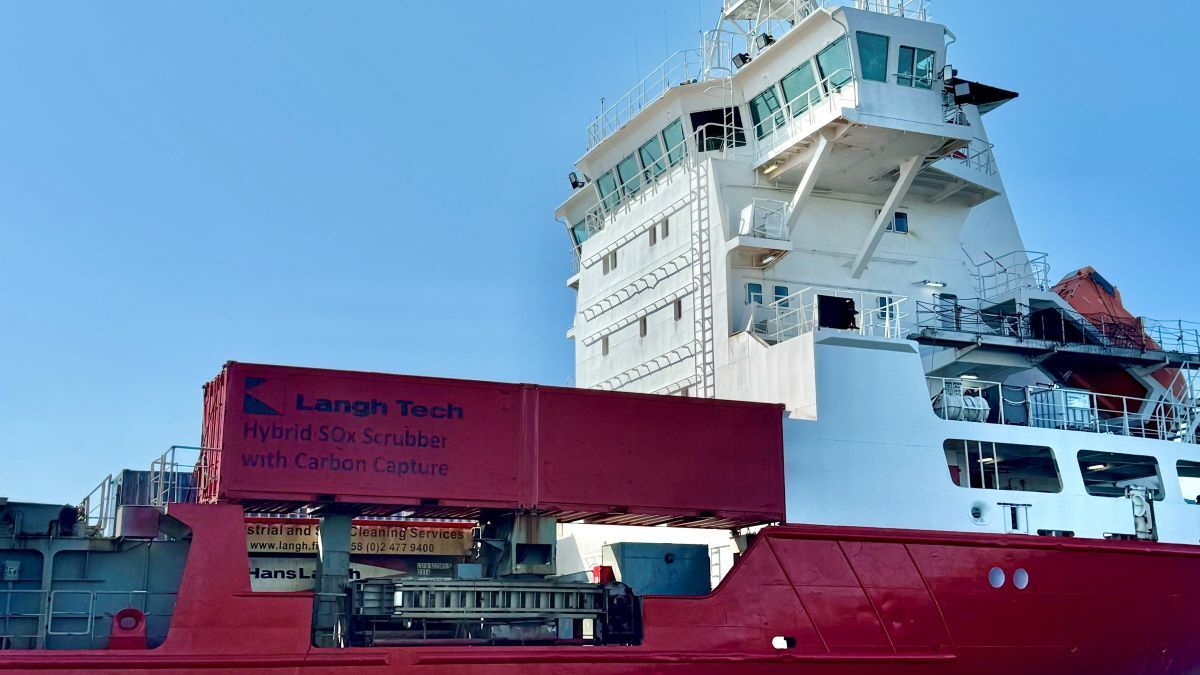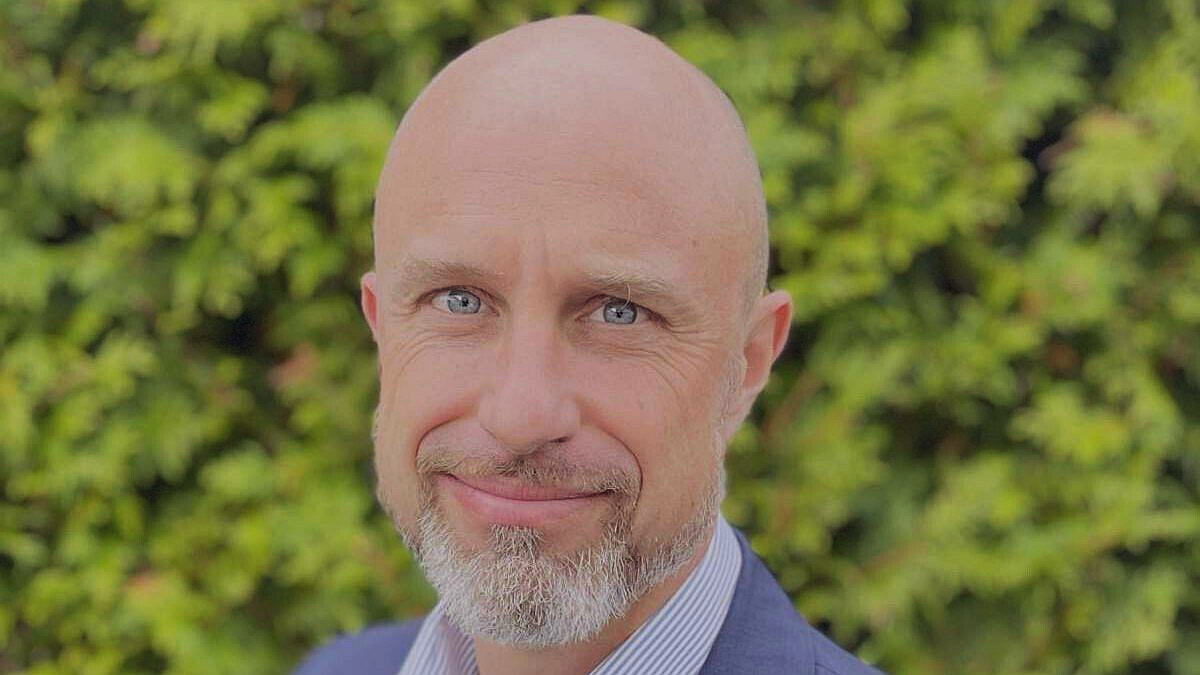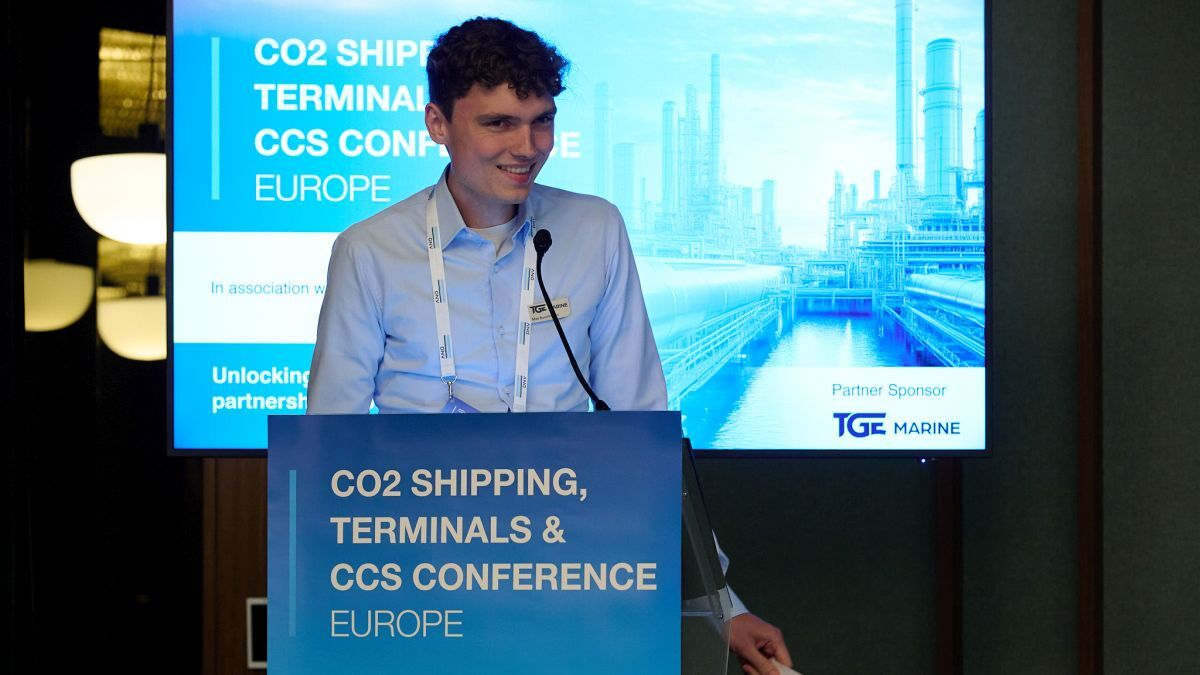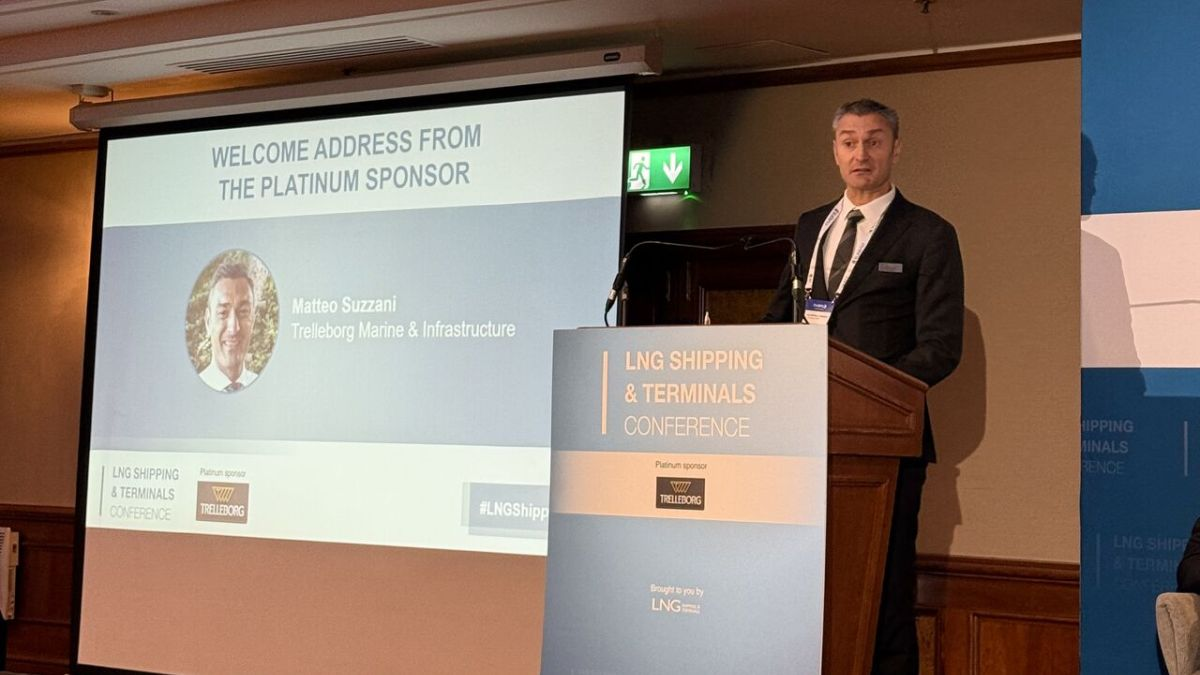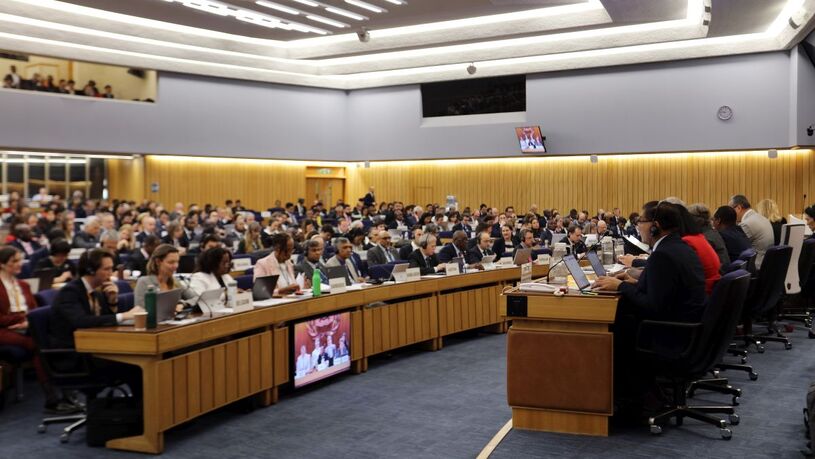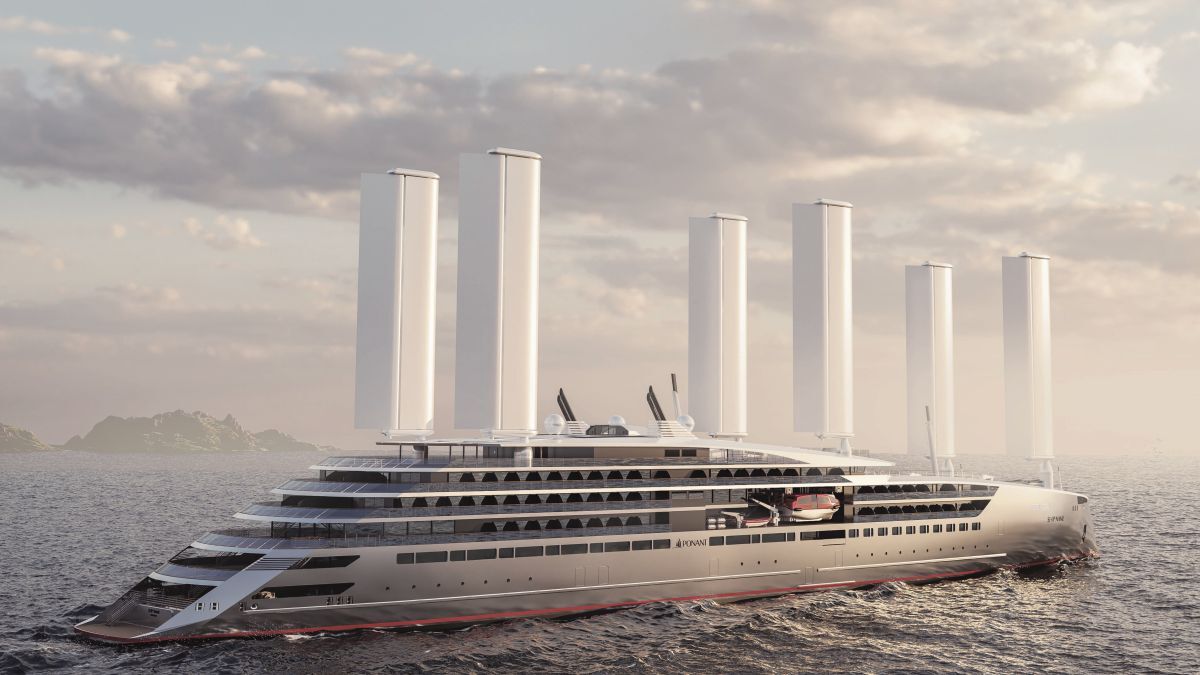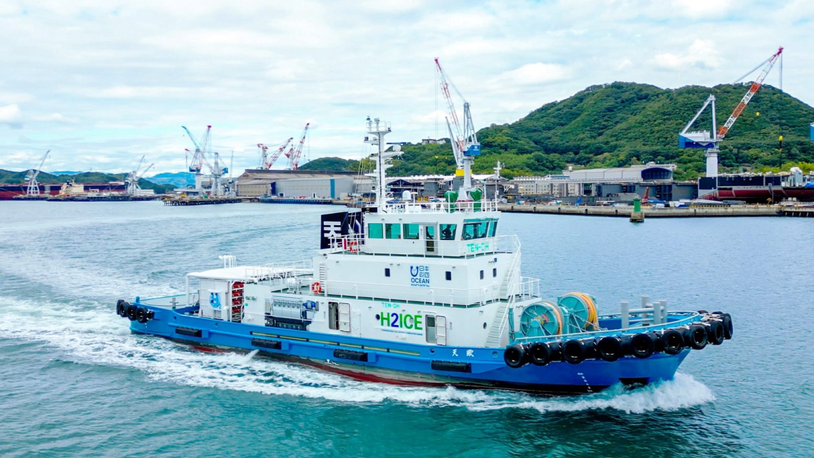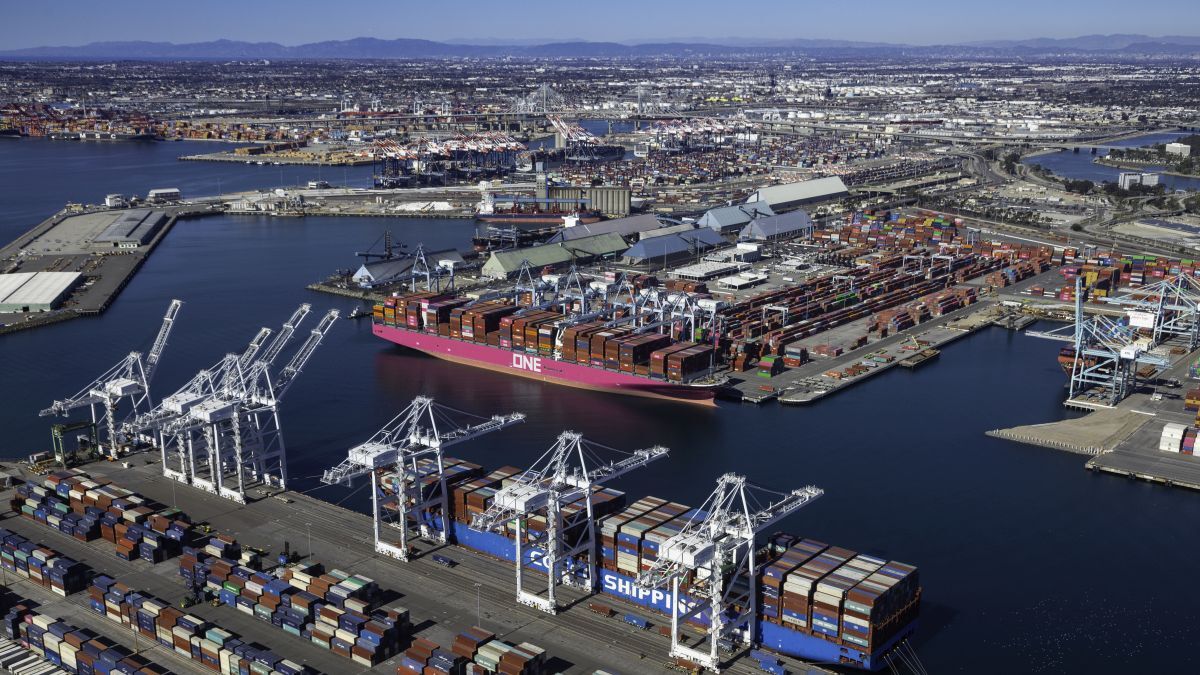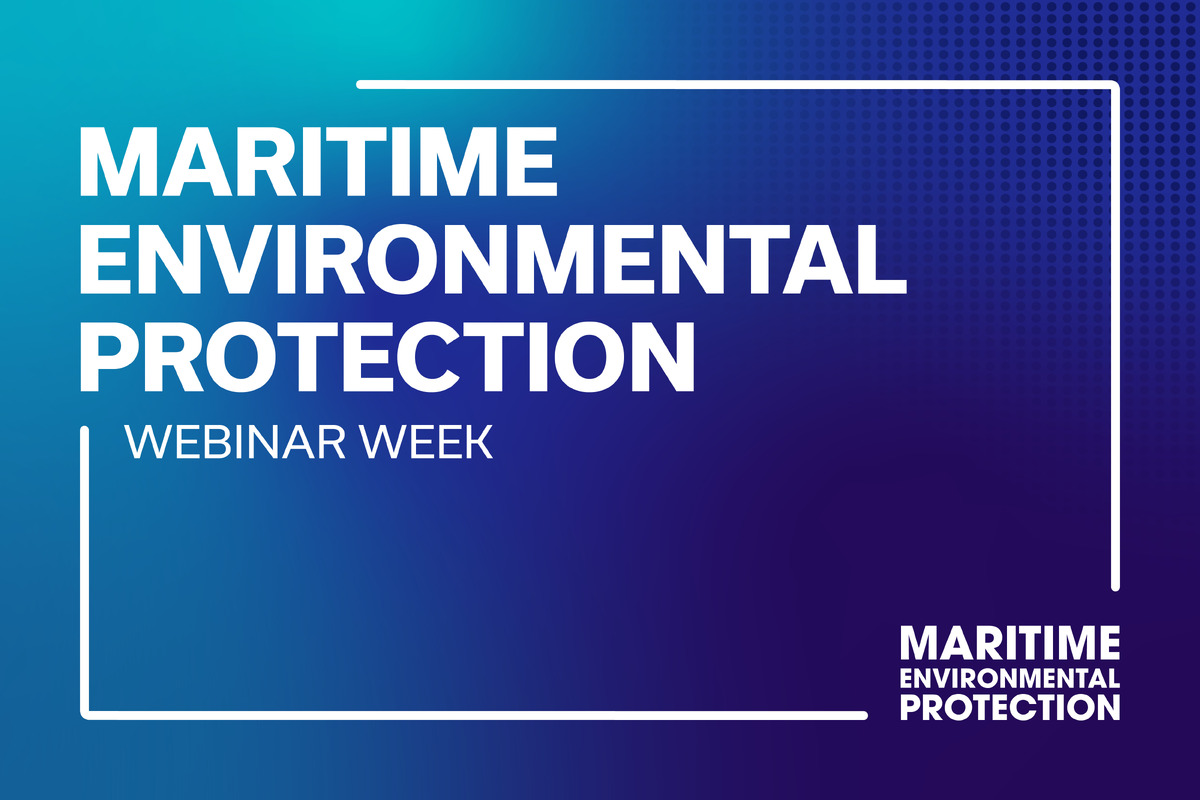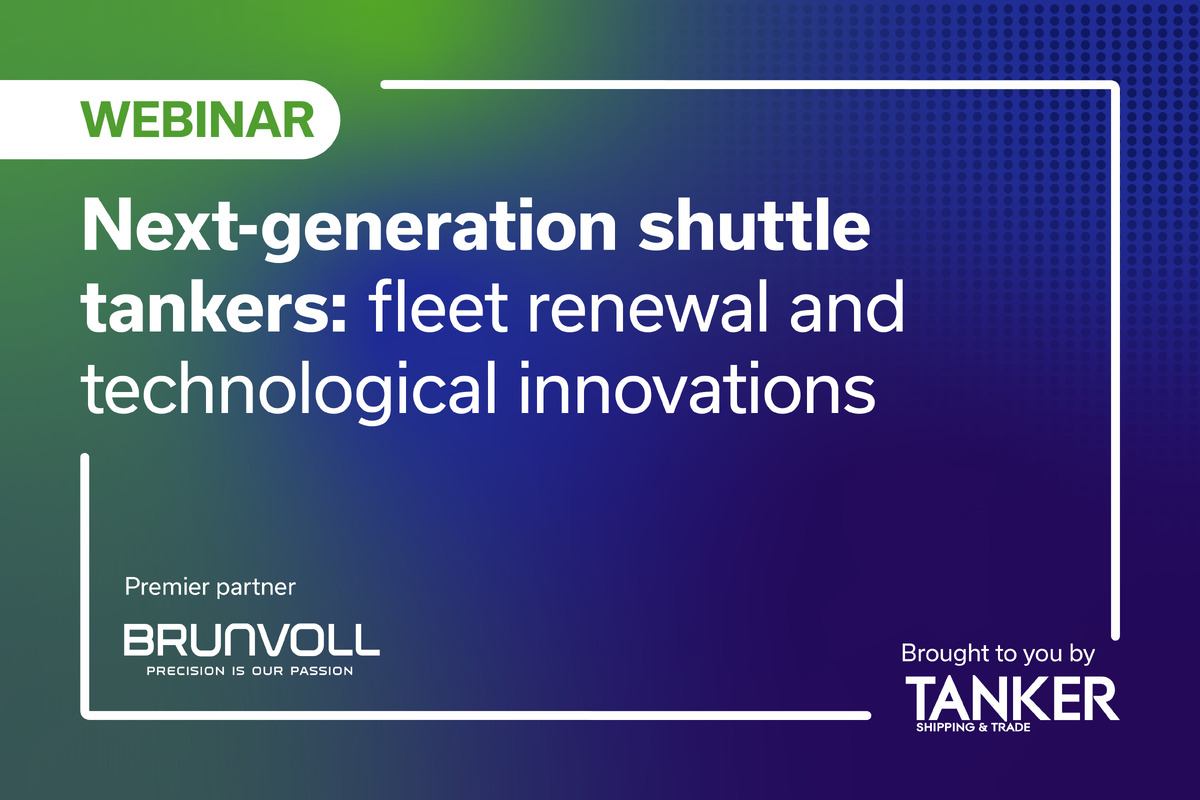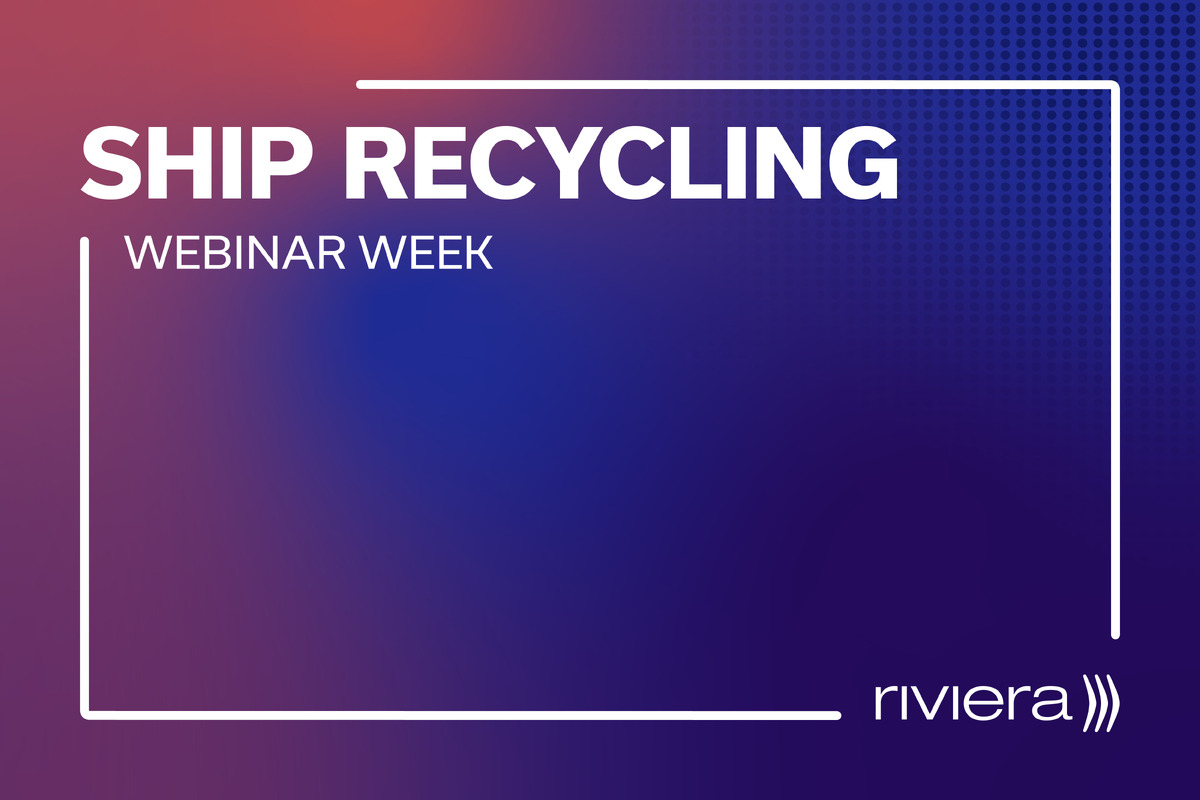Business Sectors
Events
Marine Coatings Webinar Week
Contents
Register to read more articles.
Onboard carbon capture most effective with biofuels, Langh Tech tells Greek owners
The greatest potential for onboard carbon capture (OCC) lies in its integration with biofuels, according to Langh Tech, the Finnish green tech company developing its own OCC system
Part of the Langh Group – which is also active in shipowning – Langh Tech presented its solution to the Greek shipping community during a seminar in Athens last week. The company told Riviera interest among Greek owners appears strong.
During the seminar, it emphasised OCC can help reduce the overall cost of biofuels – particularly through the sale of captured CO2 – and accelerate the sector’s fuel transition. When paired with specific biofuels, such as those derived from used cooking oil, OCC can even result in negative emissions and support the production of e-fuels.
Recent lifecycle assessment data from Project Colossus – a study led by the Global Centre for Maritime Decarbonisation – underpins these claims. The research showed when OCCS is paired with cooking oil-derived biodiesel, well-to-wake (WtW) emissions savings can reach 121%. Similar results were recorded for bioLNG and biomethanol, with reductions of up to 98% and 119%, respectively.
Regulatory frameworks still evolving
Addressing the regulatory landscape, Langh Tech noted OCC can be accounted for under the EU Emissions Trading System (ETS), provided the captured CO2 is either permanently stored in a CCS Directive-compliant facility or chemically bound in a product that prevents atmospheric release.
However, the company also highlighted the need for a verifiable methodology to monitor and report captured carbon, along with clearer guidelines and certification protocols for both utilisation and storage.
Pending approval from the European Parliament and Council, an EU-wide carbon removal certification scheme – including a central registry – has been proposed.
OCC is not yet included under the FuelEU Maritime regulation, but this will be reviewed by the end of 2027.
At IMO level, OCC is expected to be incorporated into the Lifecycle Assessment Guidelines. A correspondence group has been established to develop a working plan for a regulatory framework governing its use.
Langh Tech’s OCC system
Langh Tech has introduced a commercially available OCC system. The ship’s exhaust gases are routed into a capture unit, where CO2 dissolves into the liquid phase through counter-currently flowing aqueous caustic soda solution. Through a series of chemical reactions, the CO2 is bound into sodium carbonate – a thermodynamically stable product with widespread industrial applications, including glass manufacturing, detergents, pH control, water softening, and exhaust gas cleaning.
The pilot unit was tested aboard a Langh Tech-owned vessel operating between Tornio, Finland, and Terneuzen, the Netherlands. According to the company, considering the exhaust gas entering the system, peak capture rates of up to 90% were achieved, with operational optimisation targeting a steady 50%. Overall, the system can reduce CO2 emissions by 20–30%, depending on space constraints and vessel configuration.
Looking ahead, Langh Tech plans to transition its OCC system to more continuous CO2 capture operations, with offloading planned in the Netherlands. To support this, the company is seeking collaboration partners and local industrial users of sodium carbonate.
Sign up for Riviera’s series of technical and operational webinars and conferences:
- Register to attend by visiting our events page.
- Watch recordings from all of our webinars in the webinar library.
Related to this Story
Events
Marine Coatings Webinar Week
Maritime Environmental Protection Webinar Week
Ship Recycling Webinar Week
© 2024 Riviera Maritime Media Ltd.

